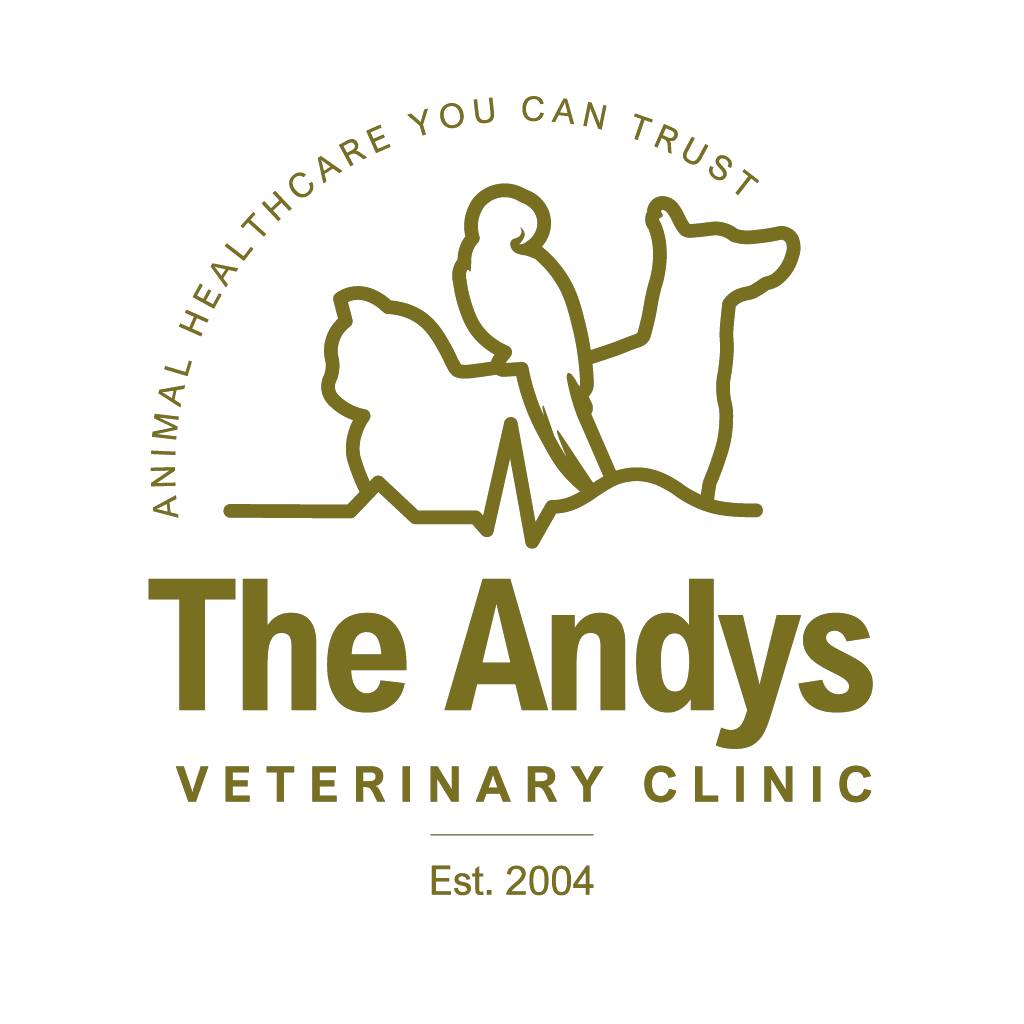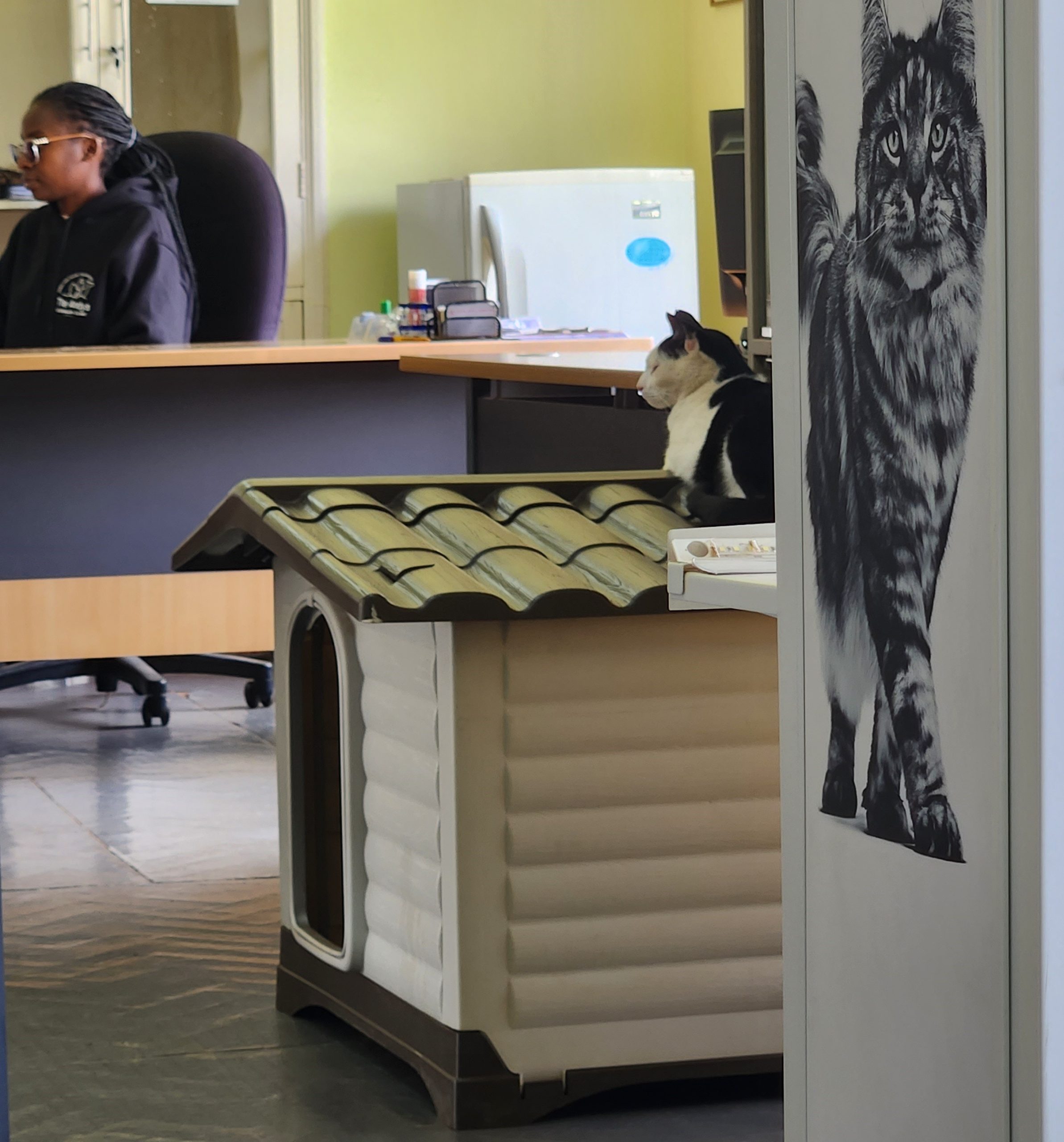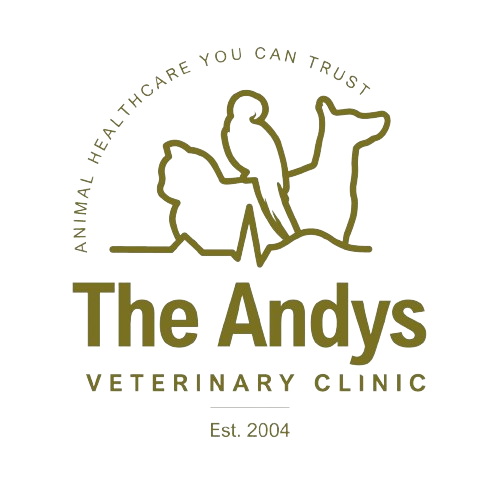Recommended guidelines for vaccinations in Dogs and Cats.
One of the frequently asked question at our veterinary hospital is the one related to vaccinations. Many pet owners know that their pet’s need vaccinations, deworming and parasite control, however, the time of administering these preventative exercises becomes a bit hazy and they depend upon professional health care givers to provide correct guidelines.
It is important to note that kittens and puppies can be infected with worms while still in the uterus or during nursing. Adult dogs get infected through the oral route or via skin by the worm larvae. The oral infection is through fecal contamination from the infected dogs or while grooming themselves, where fleas are the intermediate carriers for tape worms. In the coastal and lake regions, mosquito bite will transmit heart worm larvae which develop into worms that reside in the heart of dogs and cats. However, heart worm infection is more common in dogs.
Common symptoms that kittens and puppies are infested with are worms are failure to gain weight, unthrifty coat, paleness, pot belly, labored breathing, diarrhea and vomiting. In extreme worm burden, they will void worms from vomiting or defecation. In many cases, opportunistic diseases will set in like bacterial and viral infections. Feline leukaemia virus in kittens and parvovirus in puppies are the most common.
Therefore, kittens and puppies will require broad spectrum deworming tablets from the second week of life and every two weeks until they are 3 months. This is followed by monthly treatment until they are 6 months of age. Thereafter, every three months. It is recommended that dogs and cats get monthly Heart worm prevention medication in the affected geographical regions.
Vaccinations should be a component of a comprehensive preventive health care plan based on the age, health status, breed, environment (previous cases of outbreaks), socialization habits and travel of the pet to some countries. Puppy and kitten vaccination programs should focus on vaccinations, parasite control, counselling on behavioral vices, zoonotic disease management and neutering.
Most of the vaccines used in dogs and cats contain organisms that are attenuated to reduce or minimise virulence, this induces immunity by production of antibodies from the low-level infection without necessarily producing significant tissue pathology or clinical signs of infectious disease. The “memory” of the disease in the animals’ body will be through these antibodies which will help in fighting off the infections.
In dogs and cats, these little ones are initially protected by the antibodies they receive from colostrum and milk. These antibodies, Maternally Derived Antibodies (MDA), initially interfere with the vaccinations and therefore most vaccinations start at 6- 8 weeks of life when MDAs have reduced. In some situations like in outbreaks, pups born from mothers that are not vaccinated or colostrum deprived pups from dams that have no milk or those that are hand reared, then vaccination can be started earlier. Vigilance should still be maintained by the owner allowing restricted exposure of puppies to controlled areas and only to other litter or adults that are healthy, and only after the puppies have been fully vaccinated. It is recommended that socialization classes should be held in venues away from the veterinary practice premises.
Some breeds like the Rottweiler, Doberman and English Springer spaniels are suspected to be poor immune responders to vaccinations and have high susceptibility to canine parvovirus 2 (CPV2). Therefore, parvovirus vaccinations may be started as early as the fifth week, followed by booster vaccinations of up to 16 weeks is recommended. There is emergence of the new strain of parvovirus, CPV2c, which has raised questions on if the CPV-2 vaccines can provide protection against this new strain. However, it has been shown that the current available vaccines based on CPV-2 and CPV-2b will protect against all known strains of CPV, including the newer CPV-2c strain.
The following is the core vaccination protocol for puppies and kittens in our veterinary hospital:
| Age | Dog Vaccination | Cat Vaccination |
| 6 weeks | Parvo virus | Feline panleucopania virus (FPV), Feline calici Virus (FCV) |
| 8 weeks | Distemper, Hepatitis, leptospirosis and parainfluenza (DHLPPi) | |
| 12 weeks | DHLPPi and Rabies | Feline panleucopaniavirus (FPV), Feline calici Virus (FCV) and Rabies |
| 16 Weeks | Rabies ( DHLPPi in some breeds-Rottweiler,Doberman) | Rabies |
The following is a summary of some of the diseases that are easily preventable by vaccinating your cat and dog.
Rabies is one of the most devastating viral diseases that affect the brain and the spinal cords in mammals including dogs, cats and humans. The disease is passed though a bite from an infected animal. It can also be passed through an open wound or mucus membrane when it comes into contact with infected saliva. This virus progresses slowly and the average time of incubation from exposure to clinical signs is between 3 to 8 weeks in dogs, 2 to 6 weeks in cats, and 3 to 6 weeks in people. However, it has been reported that the incubation period is as long as 6 months in dogs and 12 months in humans. Infected dogs and cats become hypersensitive to touch, light and sound. They may exhibit unusual biting of in animate objects or other animals and hide in dark places. This is followed by paralysis of the throat and jaw muscles, resulting in excessive salivation. Confusion and paralysis of the hind legs occur resulting in staggering and in coordination. Other signs of rabies include fear of water, loss of appetite, weakness, seizures and sudden death.
Rabies vaccination is mandatory by law and is given at 12 weeks. Our vaccination protocol is that we repeat rabies at 16 weeks of age. Individual puppies and kittens have different vaccine induced seroconversion levels with higher risk of failing to reach protective antibody level of 0.5 IU /ml when young. It is advisable that dogs and cats that need sufficient antibody test result for the purpose of international travel, should be vaccinated twice with rabies vaccine and then regularly receive yearly booster.
In dogs, canine distemper affects brain, gastrointestinal and respiratory tracts causing fever, vomiting, diarrhea, coughing, and inflammation of eyes and nose. It also causes hardening of the nose and foot pads.
Canine leptospirosis is a zoonotic, asymptomatic disease causing fever, painful muscles, vomiting, diarrhea, jaundice and difficulty in breathing. It spread through contact with the urine of the infected dogs.
Infectious canine hepatitis is an acute infectious disease in dog causing fever, vomiting, tender abdomen, jaundice and death.
In cats Feline calici viral infection (FCV) is the most common respiratory disease that affects nasal passages, lungs and musculoskeletal system. It is common in cats that have not been vaccinated, poorly ventilated homes and in breeding shelters.
Feline panleukopenia virus (FPV) also known as feline infectious enteritis is highly contagious and can be fatal to the cats that have not been vaccinated. This virus spreads rapidly through bodily fluids, fecal contamination and fleas bite from infected cat. The virus attacks the lining of the gastrointestinal tract causing bloody diarrhea, vomiting, dehydration, anemia and death.
Veterinarians are able to recognize and treat diseases earlier by encouraging owners to bring their pets for yearly vaccination. This also helps to create an environment where a lot of information can be shared on different aspects of canine and feline health care.
References
Houston, DM., Ribble, CS. And Head, LL: (1996) Risk factors associated with parvovirus enteritis in dogs. J Am Vet Med Assoc. 208:542–548.
Schultz, RL : (2008) Current Canine Parvovirus Type 2 (CPV-2) vaccines provide excellent immunity to all genotypes of CPV-2 (e.g. CPV-2a, 2b, and 2c) Vet Ther. 9(2):94–101.
Nokireki, T., Jakava-Viljanen, M., Maija Virtala, A and Sihvonen, L : (2017). Efficacy of rabies vaccines in dogs and cats and protection in a mouse model against European bat lyssavirus type 2Acta Veterinaria Scandinavica 59:64
Spibey N, Greenwood NM, Sutton D, Chalmers WS, Tarpey I. (2008) : Canine parvovirus type 2 vaccine protects against virulent challenge with type 2c virus. Vet Microbiol. 128(1–2):48–55.
Sihvonen L, Kulonen K, Neuvonen E, Pekkanen K. (1995): Rabies antibody in vaccinated dogs. Acta Vet Scand. 36:87–91.
The Merck Veterinary Manual (2006): Infectious Canine Hepatitis: Introduction. Retrieved 2007-01-28.
Goldstein, RE. (2010): Canine leptospirosis. Vet Clin North Am Small Anim Pract. 40(6):1091-101.
Day, MJ., Horzinek, MC, Schultz, RD and Squires, RA.(2016): Guidelines for the vaccination of dogs and cats. Journal of Small Animal Practice .Vol 57 .





